From the Far East to the end-user South America in the most primitive and in the most sophisticated cultures, man has pursued gold from the beginning of recorded history. The Aztecs and other nearby tribes mined gold in the Mexican hills for centuries. Hover, in the 1500s, the Spaniards came to Mexico seeking gold and spices. When they saw the Aztec gold, the spices were quickly forgotten. Under Cortez, the Spaniards pillaged and plundered, massacring 50,000 Indians in their lust for the gold of King Montezuma and King Guatemoc. The golden booty from one battle was so great that it took three days to divide the king's treasures among the 580 Conquistadors. With victory, Cortez gained entry to the southern Mixtec provinces with their rich alluvial workings where the sand and clay, deposit by flowing water, contained gold. From these same workings, Mexico still extracts 200,000 ounces of gold a year.
In 1531 in Peru, Cortezí countryman Pizarro was also bent on conquest. He pushed high into the mountains of the Indies, where the Incas were reported to have glorious stores of gold and silver. In a battle which lasted only half an hour, 6000 Incas were killed and Pizarro and his men enriched themselves with the fabulous golden booty. Motivated solely by the desire for material gain, the Spaniards melted down an estimated 13 tons of gold and artifacts because ingots were easier to divide and transport. One of the great cultural treasures of the world was lost forever.
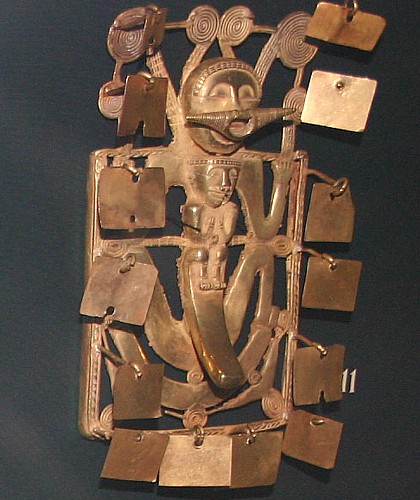
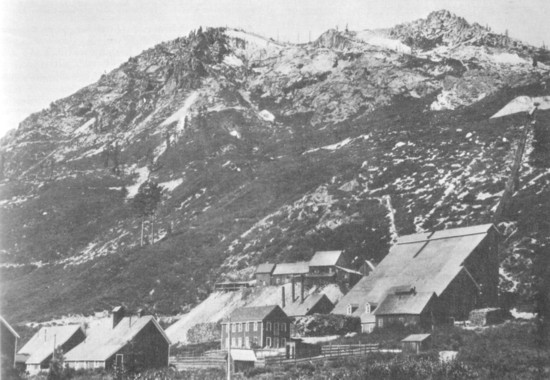
Great discoveries of gold have always created a rush by men seeking to gain their share. The lure of gold and instant wealth has been a dream since the dawn of civilization. Even the mere rumor of gold has sent rushes of humanity in a fevered search across oceans and continents. Gold fever has made men and cities. It is this today as intently as it has in any other time in history.
In the United States, North Carolina was the scene of the first important gold find in 1799. More gold was found in Georgia in 1827. The amounts were so substantial that branches of the US men were open to accommodate those finds. However the greatest gold rush of all in the US occurred in the foothills of California's Sierra Nevada range. The discovery of gold at Coloma in 1848 quickly brought over 40,000 diggers to the mother lode country of California. By 1851 about 2 1/2 million ounces of gold had been extracted. Within nine years nearly 24,000,000 ounces of gold had been extracted. The impact of the California gold rush on the development of the West was enormous. Almost half a million people eventually came to California during the gold rush period. There were miners, doctors, lawyers, and businessmen. Many thousands of them stayed in this new and almost undeveloped area to build the new state of California.
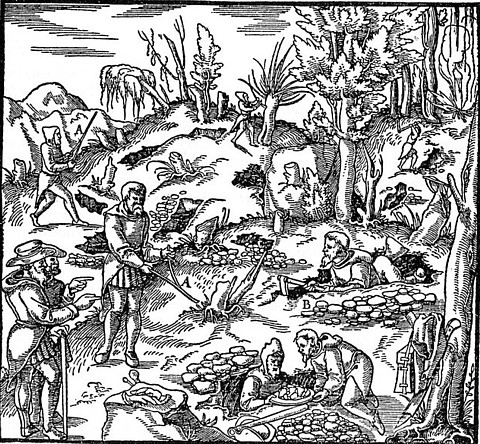
In 1859, in Virginia City Nevada, to poor Irish miners found a small gold deposit and sold a part of their claim to a man named Henry Comstock. Comstock lode became America's great prime source of gold and silver for over 20 years. The Virginia City area mines produced about 130 million worth of rare and precious metals. Great finds continue to be made across the American West into the early 1900s with the great finds at Tonopah and Goldfield.
In 1896 more than 60,000 men fought their way through the frozen wastes of Alaska to the Klondike region when gold was found in a rich alluvial deposit. Thousands stayed to mine the gold found, but few actually struck it rich. A few years later the rich deposits of the Nome area of Alaska were discovered.
However in the US was not the only site for great discoveries of gold in 1800ís. Edward Hargraeves was an unsuccessful 49er from Australia. After failing to find significant gold in California he returned to his homeland, but continued his pursuit of gold even after he arrived. In 1851, he found it. The impact of his gold find changed and molded the destiny of Australia. The population grew from 400,000 in 1851 to 1.2 million in 1861, as shiploads of prospectors converged from all over the world. Form the time of his first strike, Australia's gold fields have continue to yield significant gold.
The greatest find of the 1800s, was actually made, not in the Americas, but in South Africa. This great find revolutionized gold mining for more than a century made South Africa the world's leading gold producer. The magnitude of the extraordinary gold find in South Africa far outshone any previous fines as more was learned about the fabulous Witwatersrand reef, it became evident that no single prospector working with a shovel and pan would ever be able to penetrate the vast curving saucer like shaped deposits beneath the earth. It took many decades and a considerable investment of capital before the potential of this great deposit was finally realized it contains several gold bearing layers some only a few inches thick that extend from the earth's surface to more than 5 miles under the earth. Today, more than a century later, South Africa's mines still produce hundreds of tons of gold per year.
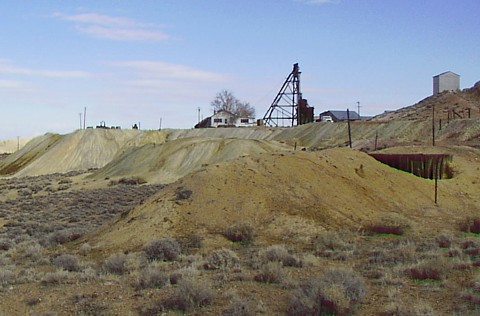
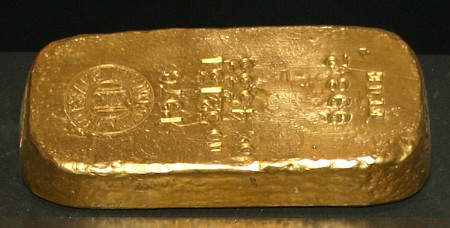
However, great finds were not limited to the 1800s. In the late 1960s geologists discovered a gigantic deposit of microscopic gold in Nevada near a small town known as Carlin. Thousands of pioneers had traveled past Carlin for many decades, but almost no gold was found. The great deposits of the Carlin trend contain gold which cannot be captured with a gold pan. Since the gold pan was the primary tool of the old day prospector, he could not find any evidence of this great deposit. In addition, there was no great Quartz vein similar to the deposits known to the early pioneers. So the deposit sat, undiscovered, while all the pioneers traveled past. Decades later, geologists working with the latest theories of gold deposition were able to find this gold only through the use of fire assays of the local rock. Today, the mines of the Carlin trend are among the world's largest and richest gold producers. The Carlin Trend has produced more than 60 million ounces of gold to date and many millions more are still lying in the ground waiting to be mined.
Stories of great finds, both historic and recent, can be found in the ICMJ Mining Journal magazine, where I am the associate editor.

